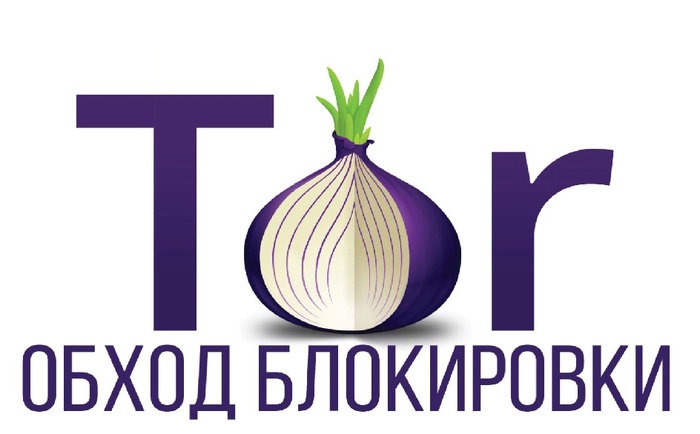How to Bypass Tor Browser Blocks in Russia
Starting November 1, 2017, a new law banning the use of Tor and VPNs will take effect in Russia. This law, signed without much thought by “our beloved Tsar of all Russia,” was almost unanimously approved by the State Duma. I won’t comment on yet another restriction of Russians’ rights.
All internet providers in Russia are required to block any attempts to access the deep web within 30 days—some providers have already started implementing these blocks.
What to Do When Tor Browser Is Banned in Russia
The simplest way to bypass the block is to manually configure bridges. Here’s a step-by-step guide on how to do it:
- Go to the official Tor ProjectThe Tor Project is a nonprofit organization dedicated to protecting online privacy and ensuring uncensored access to the internet. Emerging from U.S. Naval Research Lab experiments with onion routing in the 1990s, Tor evolved into a decentralized, volunteer-powered network that hides user identities by routing traffic through multiple encrypted relays. Since the launch of the Tor Browser in 2008, it has become a crucial tool for activists, journalists, and everyday users worldwide—supporting free expression during events like the Arab Spring and proving resilient in the face of mass surveillance disclosures. Today, Tor is sustained by a global community committed to human rights, transparency, and digital freedom. More website: https://bridges.torproject.org/.
Select Step 2: Get bridges. - In the next window, click Just give me bridges!
- Enter the captcha as prompted.
- Copy the code you receive (it will be unique for each user).
- Click the green onion icon in the Tor Browser and select Tor network configuration (N).
- Check the box for My Internet Service Provider blocks connections to the Tor network. Paste the bridges you copied earlier into the Enter bridges manually field and click OK.
- Repeat this process every few hours for reliability.
Thank you to everyone who read to the end! A similar post was made five years ago for Kazakhstan, but I decided to write a clearer and more up-to-date version with images, as this topic is very relevant right now.



